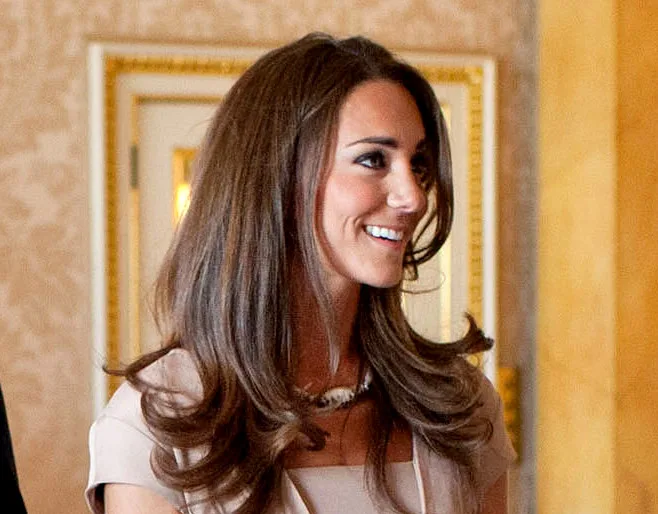The Princess of Wales marks her return to public life by holding a meeting on early years development at Windsor Castle after her cancer treatment.
Princess Catherine, the Princess of Wales, made her return to royal duties this week after successfully completing her cancer treatment. She appeared in the Court Circular for the first time since the end of her treatment, resuming her work with a meeting at Windsor Castle focused on early years child development. This cause has long been a central focus of her public work, and she was joined by her household team and staff from the Royal Foundation Centre for Early Childhood, which she established to research and promote the significance of early childhood development.
The meeting is believed to have covered updates on her Shaping Us campaign, launched last year by the Centre for Early Childhood. The campaign’s goal is to increase awareness of the critical importance of the first five years of a child’s life in shaping their emotional, physical, and cognitive development. This was Catherine’s third official appearance in the Court Circular since the start of her health scare earlier this year.
Catherine announced in a family video that she had finished chemotherapy and was now focused on maintaining her health and staying cancer-free. She has been receiving treatment since February, working quietly behind the scenes while undergoing therapy. The King, Charles III, also began cancer treatment earlier this year, with the monarch undergoing care for an enlarged prostate.
During her treatment, Catherine made a few high-profile public appearances, including attending Trooping the Colour in June and presenting the Wimbledon men’s singles trophy to Carlos Alcaraz in July. However, these engagements were rare, and most of her work remained unrecorded until now. Her return to official duties signals a shift back into her full schedule of public engagements, starting with her ongoing efforts to improve early childhood development.
The Prince of Wales, Prince William, also made headlines this week. He appeared in the Court Circular for visiting the 22 Special Air Service Regiment in Credenhill, Herefordshire, on the same day Catherine held her meeting at Windsor Castle.
Analysis:
Political:
The return of Princess Catherine to her public duties holds political significance. As a senior royal, her reappearance after battling cancer could bring positive visibility to the monarchy during a time of political uncertainty in the UK. Her work in early childhood development aligns with governmental policies focused on family welfare and child services, creating a synergy between the Royal Family’s charitable goals and public policy. Moreover, Catherine’s return might ease concerns within the monarchy about continuity and representation at key state and international events, providing stability in a time when public faith in institutions is being questioned.
Social:
Catherine’s involvement in early childhood development through the Shaping Us campaign has always highlighted the importance of family, early nurturing, and social support structures. Her return to championing these causes after her personal battle with cancer could resonate deeply with the public. As someone who prioritizes family and children in her public life, she could inspire a broader conversation about balancing personal health struggles with responsibilities. Additionally, her openness about her cancer treatment helps destigmatize the illness, encouraging discussions around cancer awareness and healthcare, particularly for women.
Racial:
While race might not be a central issue in this particular event, Catherine’s work in early childhood development has potential racial dimensions. The Shaping Us campaign could have a far-reaching impact on children of all racial backgrounds, especially in disadvantaged communities where early intervention can help address educational and social disparities. The Royal Foundation’s efforts may focus on inclusive policies that benefit diverse populations in the UK, addressing underlying social inequalities and creating broader opportunities for children from racial minorities.
Gender:
As a high-profile woman in a position of influence, Catherine’s return to public duties after cancer treatment is a powerful message about the resilience of women, particularly those facing significant health challenges. Her experience could raise awareness of women’s health issues, especially cancer, and inspire women to continue pursuing their professional and personal commitments despite medical challenges. Furthermore, Catherine’s dedication to children and families connects directly with gender issues, promoting the importance of maternal health, early childhood education, and family policies that support women in balancing their roles as caregivers and professionals.
Economic:
The Royal Foundation’s early childhood initiatives tie into broader economic discussions surrounding childcare, family welfare, and education in the UK. Investment in early childhood development can have long-term economic benefits by reducing future social costs, such as healthcare and unemployment. Catherine’s advocacy for increased support for young families and her collaboration with key stakeholders in child development could contribute to shaping policy discussions that emphasize funding and resources for early childhood education. Her work has the potential to influence government spending priorities, particularly in light of growing demands for social services and family welfare programs.
